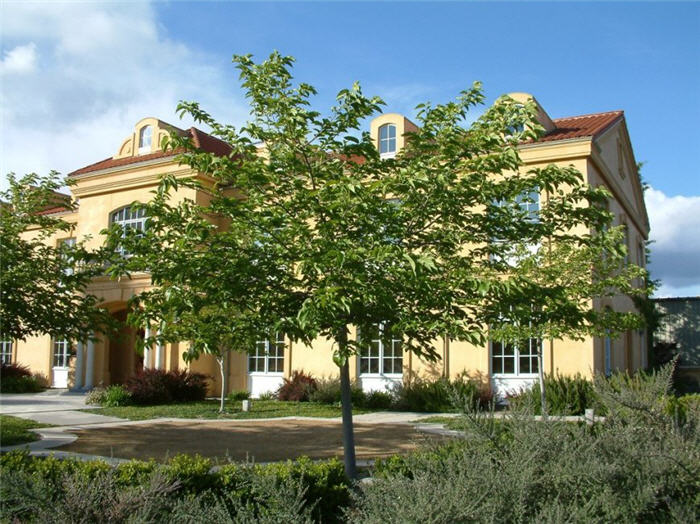| Botanical Name: Morus alba 'Fruitless' | |
| Common Name: Ornamental White Mulberry |

-
Anatomy
-
Culture
-
Design
Plant Type
Tree
Height Range
25-40'
Flower Color
n/a
Flower Season
n/a
Leaf Color
Green
Bark Color
Brown, Grey
Fruit Color
n/a
Fruit Season
n/a
Sun
Full, Half
Water
Medium
Growth Rate
Fast
Soil Type
Clay, Loam, Rocky
Soil Condition
Average, Rich, Poor, Well-drained, Dry
Soil pH
Neutral, Basic
Adverse Factors
n/a
Design Styles
Ranch
Accenting Features
n/a
Seasonal Interest
Summer
Location Uses
Background, Lawn
Special Uses
Shade Tree
Attracts Wildlife
n/a
Information by: Stephanie Duer
Photographer: Steve Mullany
Photographer: Steve Mullany
-
Description
-
Notes
This is a non-fruiting form of the White Mulberry. It, too, is deciduous, with a dense, rounded crown. Large dark green leaves are deeply lobed and leathery. Fall color is hit-or-miss, as an early hard frost will turn the leaves brown before they can turn yellow. Provides dense shade. Grows 30 to 50 feet tal and wide.
Grow in rich, well-drained soils in full sun to part shade. Prune in late fall or winter to avoid bleeding. Tolerates heat, drought, and a somewhat wide range of soils, including alkaline ones. Shallow rooted. Non-fruiting mulberry are more drought tolerant than fruiting forms.